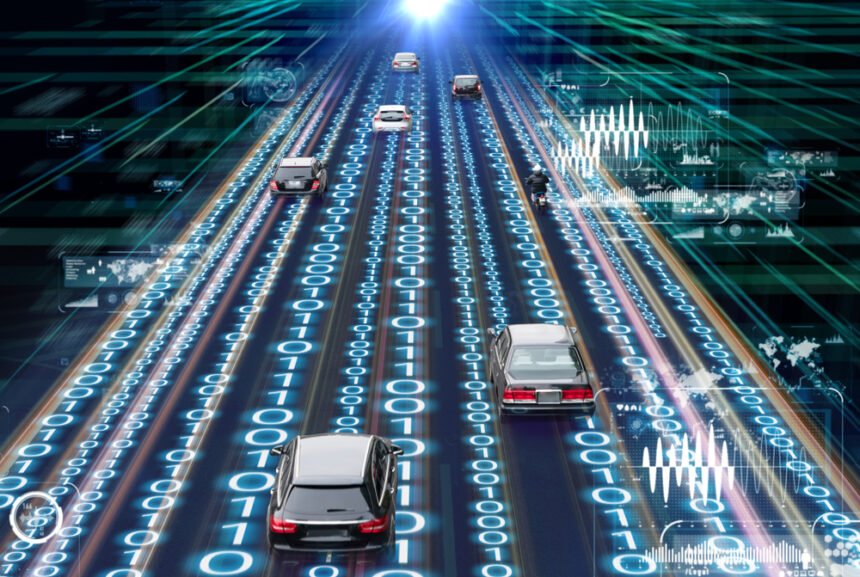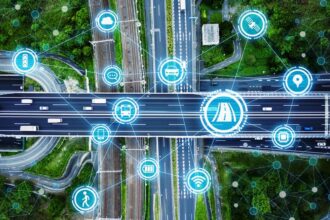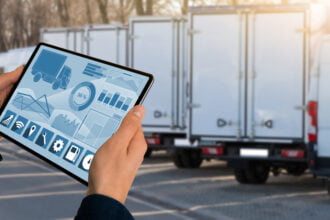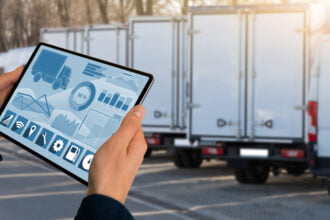The average consumer is unaware of the phenomenal benefits that big data provides. One of the biggest benefits of big data is that it can help improve driver safety.
Data analytics technology is becoming more useful when it comes to stopping traffic accidents. A lot of companies are sharing data to help make roads and vehicles safer, as well as helping drivers make better driving decisions on the road. They can help minimize the threat of distracted driving by leveraging data to better assess driving behaviors and deal with it when it arises.
Big Data is the Key to Addressing Driver Safety Risks
As cars and computer software become more entangled, both automotive companies like CarVeto and cellular carriers are working together to reduce the incidence and subsequent damages caused by distracted driving. They have accumulated a lot of data on their drivers and are using it to help address these kids of risks.
What is Distracted Driving?
According to the National Highway Traffic Safety Administration (NHTSA), the term distracted driving can include anything from talking or texting on a telephone to adjusting one’s radio or navigation systems or even eating or drinking. Anything that impairs the driver’s ability to safely operate a vehicle is considered distracted driving, but personal cell phone use is considered the most dangerous and prevalent practice by both the NHTSA and major auto insurance carriers such as GEICO.
While the driving world may be hopeful that the future will include cars capable of using AI and road data to provide autonomous driving capabilities, tech and car companies must account for immediate problems before such an option might be realized. “Drivers should always be cautious of distracted drivers as there can be grave potential and legal consequences” says Attorney Stewart J. Guss of SJG Injury Accident Lawyers, a Houston-based car accident lawyer who has been handling these types of claims since they first began.
Fortunately, both mobile carriers and automotive manufacturers are using big data solutions to reduce a driver’s temptation and ability to send text messages while driving. According to the National Safety Council (NSC), over 300 drivers were killed in America by distracted driving involving a cell phone in 2019, and there were tens of thousands of non-fatal crashes involving cell phone usage in the same year. The ubiquitous nature of not only cell phones but access to social media are both often cited as major obstacles by both law enforcement and safety officials.
Fortunately, the same era of big data technology that brought the devices creating these risks could also bring the solutions to them.
How are Cell Phone Carriers Helping to Reduce Distracted Driving With Big Data?
Fortunately, cell phone carriers have started to adapt to the blue-tooth capabilities and navigational systems found in many modern cars with digital layout systems. They have used this technology to collect a lot of data on their customers, which gives them better insights into their behavior. When used correctly, this data could be the solution to dealing with crises like distracted driving accidents.
Forbes talked about a new data-driven app developed by CMT that does just this. They said that the app collects data on driving behaviors and reports issues of distracted driving. It is analyzing this data to better address these situations.
Many modern phone manufacturers have responded to this issue by using an individual’s GPS capabilities to enter “driving mode” where the phone can sense that a user is traveling at a speed that would necessitate a car and can have the text messaging system automatically respond to calls/text messages that the user is unable to respond at the moment.
Samsung and Apple both host applications that allow parents to not only keep track of their children as they drive but can also limit the amount of access their teenage children can have on their phones while they are driving. Apps such as AT&T’s “Drive Mode” and Sprint’s “Drive First” are leading applications in this particular field.
How Are Auto Companies Discouraging Distracted Driving?
Auto companies have also answered the call by streamlining the digital menus in their cars to reduce the amount of time that drivers will have to interact with the system, thus maximizing the amount of time drivers can spend on their driving.
Older systems of driver monitoring used to use steering data to suggest when a driver should stop to rest, but these are currently being phased out in favor of hand sensors on steering wheels to ensure that the driver always has proper control of the vehicle.
Volvo (historically praised for spearheading movements in automotive safety) has adopted tracking systems in certain models to monitor a driver’s attention. Volvo claims that such measures can eventually signal an alarm to the driver and even reduce speed if the vehicle detects that the driver’s gaze has wandered from the windshield. The system can be considered a sort of reverse dash-cam, making sure that the driver is keeping a consistent watch on the road.
While exercising one’s due diligence while driving will always ultimately fall on the responsibility of the operator, potential car buyers can rest assured that both cell phone carriers and auto manufacturers are implementing changes with big data to reduce the urge and access to one’s cell phone to combat distracted driving. One should never underestimate how little time is required to turn a seemingly benign drive into an unnecessary tragedy.
Big Data is Helping Address Distracted Driving Concerns
Big data has helped address many safety issues in recent years. One of the biggest benefits of big data is that it is resolving issues associated with distracted driving. This is one of the most important ways that big data is helping improve the driving experience.









